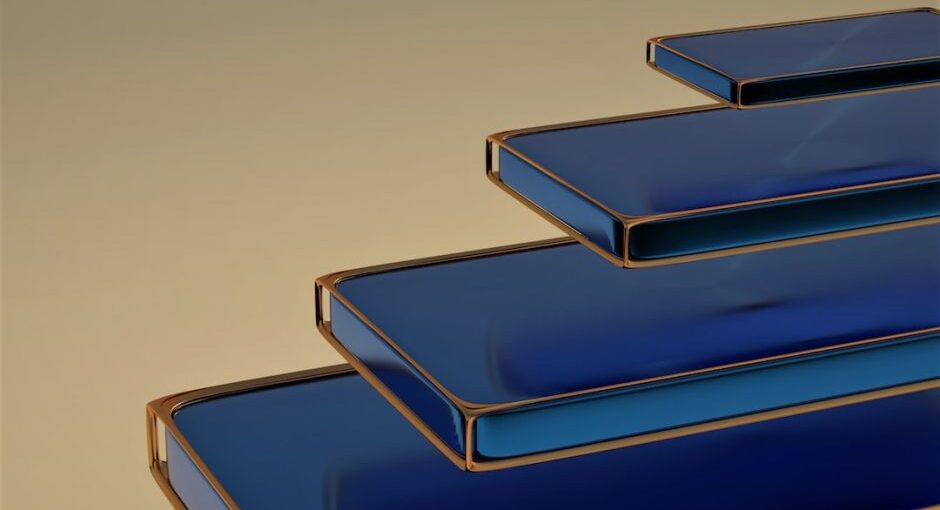The 3D printing industry is constantly evolving as new materials and processes are being developed. 3D printing filament is an essential component of 3D printing and it is important that you understand the different types of filament materials available and the advantages and disadvantages of each. In this guide, we will discuss the different types of 3D printing filament materials and how to choose the best filament for your 3D printing project.
Types of 3D Printing Filament
There are a variety of 3D printing filament materials available, each with their own unique properties and advantages. The most common types of 3D printing filament materials are PLA, ABS, PETG, HIPS, Nylon, and TPU. Let’s take a look at each one in more detail.
PLA Filament
PLA (polylactic acid) is the most commonly used 3D printing filament material. It is a biodegradable thermoplastic derived from renewable resources like cornstarch or sugarcane. PLA is known for its low shrinkage, low warping, and low odor. It is easy to print with and produces high-quality prints with minimal warping. PLA is also a good choice for beginners as it is less prone to clogging and is more forgiving than other materials.
ABS Filament
ABS (acrylonitrile butadiene styrene) is a synthetic thermoplastic polymer. It is tougher and more durable than PLA and is also more heat resistant. ABS is more difficult to print with than PLA, as it requires a heated bed and higher temperatures. It has a higher shrinkage rate, so it is more prone to warping and cracking.
PETG Filament
PETG (polyethylene terephthalate glycol) is a thermoplastic polymer derived from polyester. It is a strong, durable material that is easy to print with and does not require a heated bed. It is also more resistant to environmental factors such as humidity and impact than PLA and ABS.
HIPS Filament
HIPS (high impact polystyrene) is a thermoplastic polymer derived from styrene. It is tougher than PLA and ABS and is also more heat resistant. HIPS is a good choice for printing parts that need to be strong and flexible. However, HIPS is more difficult to print with than PLA and ABS and requires a heated bed.
Nylon Filament
Nylon is a synthetic thermoplastic polymer. It is strong, flexible, and resistant to chemicals and abrasions. Nylon is also resistant to heat and moisture, making it a good choice for applications that require durability and strength. Nylon is more difficult to print with than PLA and ABS and requires a heated bed.
TPU Filament
TPU (thermoplastic polyurethane) is a flexible filament material made from polyurethane. It is strong, flexible, and resistant to abrasion and chemicals. TPU is also resistant to heat and moisture, making it a good choice for applications that require durability and strength. It is easier to print with than nylon and requires a heated bed.
Pros and Cons of 3D Printing Filament Materials
Each type of 3D printing filament material has its own advantages and disadvantages. PLA is easy to print with and produces high-quality prints with minimal warping. ABS is tougher and more durable than PLA, but it requires a heated bed and higher temperatures. PETG is strong and durable, but is more prone to warping and cracking. HIPS is strong and flexible, but is more difficult to print with. Nylon is strong and flexible, but is also more difficult to print with. TPU is strong, flexible, and resistant to heat and moisture, but is also difficult to print with.
Choosing the Right Filament for Your Project
The type of filament material you choose for your 3D printing project will depend on your needs and requirements. If you are looking for a material that is easy to print with and produces high-quality prints, then PLA may be the right choice for you. If you need a material that is strong and durable, then ABS, PETG, HIPS, Nylon, or TPU may be the best choice. It is important to consider the pros and cons of each filament material before making a decision.
Conclusion
3D printing filament is an essential component of 3D printing and it is important to understand the different types of filament materials available and their advantages and disadvantages. PLA is the most commonly used filament material and is known for its low shrinkage, low warping, and low odor. ABS is tougher and more durable than PLA, but requires a heated bed and higher temperatures. PETG is strong and durable, but is more prone to warping and cracking. HIPS is strong and flexible, but is more difficult to print with. Nylon is strong and flexible, but is also more difficult to print with. TPU is strong, flexible, and resistant to heat and moisture, but is also difficult to print with. Choosing the right filament for your project will depend on your needs and requirements.




